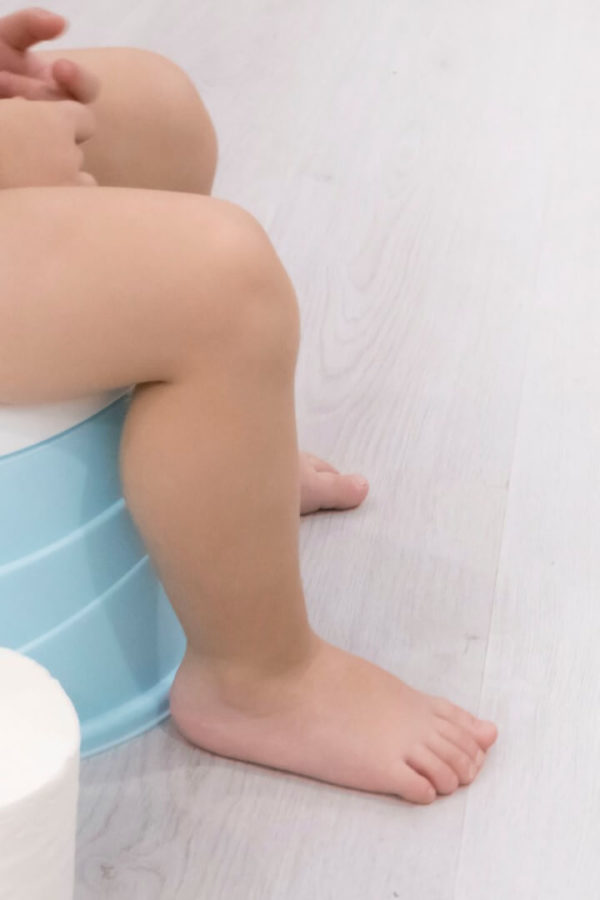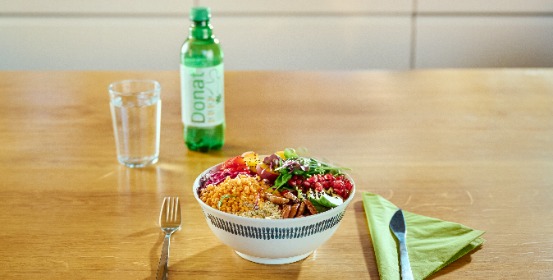Constipation is a problem that affects not only adults, but also the very youngest of us. According to the criteria of the Rome Foundation, which researches and treats digestive diseases, constipation in children is defined as irregular and painful bowel movements lasting at least one month.
It is important to start treating constipation in children as soon as possible, as delaying treatment can make recovery significantly more difficult. This article will look at how to recognise this problem, why it happens, and what to do about it.
Constipation in children is a common problem
Constipation in children is a frequent cause for visits to the paediatrician. Data from the journal Slovenska Paediatrija show that as many as a quarter of all children’s visits to the gastroenterology unit are due to constipation. According to some estimates, this condition affects between 4 and 36% of children around the world.
Constipation is particularly common in children between the ages of two and four years, and is also frequently seen in primary and secondary school children.
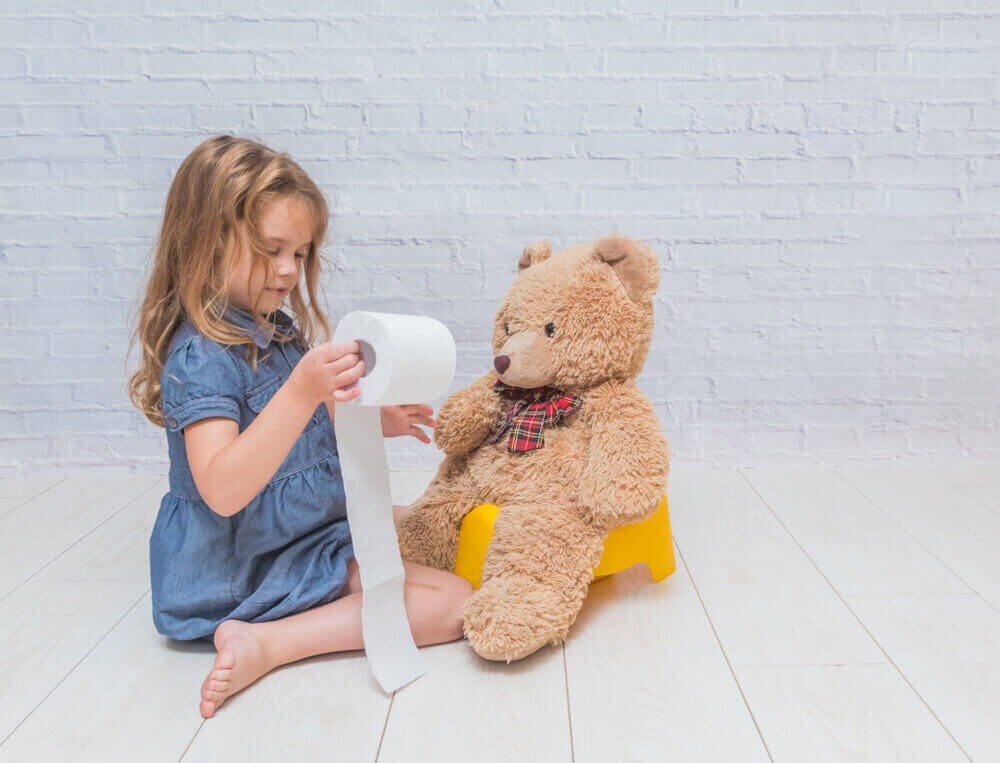
The main symptoms of childhood constipation
While newborn babies pass their first stool on the first or second day after birth, they do not learn to do this routinely until they are about three years old. The frequency of passing stool or defecation depends on age. On average, children between the ages of two and four go to the toilet once or twice a day, and usually only once a day after the age of four. Generally, there is nothing wrong even if this happens only once every two days.
The number of bowel movements is not what is most important when it comes to childhood constipation, but rather the symptoms and difficulties that arise from irregular defecation. Parents should pay attention to the following symptoms:
- hard and lumpy stool,
- abdominal pain,
- swollen belly and bloating,
- blood on the surface of the stool (due to damage to the anus),
- vomiting,
- fever,
- inadequate weight gain.
One of the signs of childhood constipation is paradoxical diarrhoea. This occurs when the child passes only liquid stools because of a compacted mass of faeces.
The most common causes of childhood constipation
If you notice any of the above symptoms in a child, it is crucial to find out the causes in order to ensure successful treatment. These may be functional or organic. The latter are caused by a wide range of diseases of the digestive tract, endocrine glands, nerves or muscles… In contrast, the much more common functional causes are not associated with a medical condition. They are most often linked to a poor diet (too little fibre), insufficient fluid intake, and excessive consumption of dairy products.
Constipation in children is also often related to changes such as weaning, starting nursery or primary school, and so on. Many children avoid going to the toilet outside their home, or forget or suppress the urge during play. Likewise, children’s digestion often slows down when their eating habits change, especially when meals are irregular or the intake of foods rich in fibre, like fruit and vegetables, is reduced.
Causes of organic constipation in childhood
The organic causes of digestive problems in children can include a range of diseases, such as:
- hypothyroidism (problems with the thyroid gland, which does not secrete enough hormones),
- cystic fibrosis (a genetic disease that primarily causes lung infections and other chronic infections), or
- coeliac disease (gluten intolerance).
Constipation in children can also be caused by an allergy to cow’s milk, or taking medications such as antidepressants, antacids with calcium or aluminium, and more. Causes can also be genetic. According to some studies, between 30% and 50% of children who are affected by constipation have someone else in their family with the same problem.
Causes of functional constipation in childhood
According to experts, the most common causes of functional constipation in children include:
- poor diet (too much fast food, insufficient fibre intake);
- excessive consumption of milk and dairy products (including sweets and desserts containing milk);
- changes in habits;
- picky eating (the child eats few foods and has a monotonous diet);
- difficulties in potty training (pressure from family and peers);
- psychological stress;
- aversion to the toilet (common among pre-school and school age children due to over-stimulation or painful bowel movements);
- inactive lifestyle;
- inadequate fluid intake and
- painful bowel movements.
When it lasts for a longer period of time, functional constipation can escalate to chronic constipation, which is even more difficult to eliminate. A vicious cycle then ensues, as hard stools lead to painful bowel movements. The retention of stool also leads to widening of the rectum, which further reduces the feeling of fullness and the need to defecate, thus increasing constipation in the child.
This is why it is a mistake to think that the problem will resolve itself, and instead it is up to us as parents to take action.
A normal frequency of bowel movements depends on the child’s age. For ages two to four, bowel movements average once or twice per day, whereas after age four the average is once per day – although every other day is normal as well.
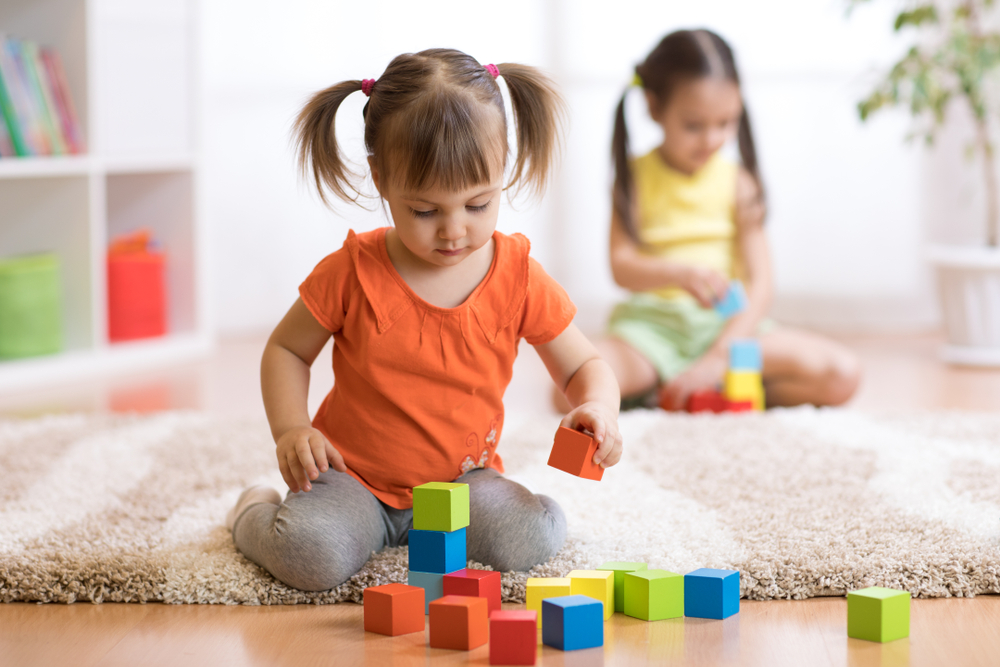
How to treat functional constipation in children?
If you notice that your child is constipated, we recommend that you visit a doctor to determine the cause of the problem and treat it accordingly. If the cause is organic – a specific medical condition – then that condition is treated first, as this will also eliminate the constipation. Functional constipation, on the other hand, is treated in several ways, depending on the habits that cause it.
It is important to start treating childhood functional constipation as early as possible so that it does not become chronic.
Treating constipation in infants
If you are still breastfeeding your baby regularly, do not stop. Consult your paediatrician, who will usually recommend sweetened tea. The baby can drink it either on an empty stomach or between milk feeds. It is best if the baby drinks sweetened tea at least half an hour before or after a meal. Otherwise, the baby may refuse the next meal or even vomit after it. Additional treatment is only necessary in rare cases.
The case is slightly different for formula-fed babies. In this case, choosing a milk formula that eliminates constipation is often enough. This is because such formulas speed up the passage of food through the infant’s digestive system. They have a higher lactose content than conventional formulas, and act as an osmotic laxative – just like Donat. This means that they draw water out of the intestinal wall, softening the stool and making it easier to pass.
Some formulas also contain prebiotics, which are fermentable fibres that stimulate the growth and development of microorganisms, or probiotics, that are beneficial to the gut. The latter are known to promote gastrointestinal movement, thereby relieving constipation in babies.
Treating constipation in older children
In children who have already moved on to mixed diets, as well as in slightly older children, constipation is treated first by adjusting their diet. This mainly involves increasing the intake of fibre, which experts call a ballast diet. You can learn more about fibre-rich diets in the article Best Ways to Relieve Constipation, but basically we recommend:
- increased liquid intake (water is best, but you can also drink herbal infusions that boost digestion, such as chamomile, milk thistle, nettle, etc.);
- natural fruit juices and fresh fruit (kiwis, pears, plums, citrus fruits, etc.);
- more vegetables;
- less processed cereals and products made from processed cereals (white flour bread and other bakery products, pasta, etc.);
- dried fruit (plums and figs), and
- less sweets and unhealthy snacks.
According to the European Society for Paediatric Gastroenterology, Hepatology and Nutrition, it is important that children with constipation receive sufficient fibre (19 g for children under 3 years, 25 g for children aged 4–8 years and around 30 g for older children) and are encouraged to be physically active.
On the other hand, experts specifically advise against excessive consumption of foods such as:
- (unripe) bananas,
- carrots,
- chocolate,
- rice and
- processed cereal meals.
However, it should be stressed that there is absolutely no need to be worried about these foods. Bananas, carrots and rice are healthy and should be consumed in normal amounts, with only slight adjustments in case of problems.

Other ways to eliminate constipation in young children
While diet is essential in the treatment of childhood constipation, there are other measures that can be taken to speed up digestion and are therefore just as important. Let’s look at some of the options.
Offer your child mineral water
Donat is a completely natural mineral water that contains an above average amount of minerals and a low amount of common salt, which makes it suitable for children who have problems with bowel movements. Donat is also a natural osmotic laxative and has no side effects when used in moderation.
Its secret is in the osmotic action of sulphates, which draw water from the intestinal wall. This increases the volume of the stool and also softens it so that it passes more easily through the digestive tract. At the same time, magnesium relaxes the muscles of the digestive system, stimulating their contraction and expansion, also known as peristalsis.
Young children should also consume Donat before meals and preferably on an empty stomach. Ideally, the child should drink 1 dl of Donat, warmed to room temperature, before a meal.
However, as Donat has a slightly bitter taste, children may not like it very much. This can be overcome by mixing it with natural juice or chilled tea. You can also mix Donat with a small amount of fruit syrup.
Get your child used to the toilet
Experts say that the physiological need to empty the bowel is strongest for up to 30 minutes after a large meal, which is why they recommend toilet training for younger children. This means directing the child to the toilet when it is physiologically optimal to do so – sometime between 15 minutes and half an hour after eating.
It is essential to get the child accustomed to regular bowel movements without pressure or even punishment. The goal is most easily achieved if the child is relaxed, so that going to the toilet becomes something natural and everyday for them, rather than a burden.
Eliminate constipation with medicines
If dietary remedies fail, then laxatives are the way to go. The most common remedies in this category are lactulose and glycerine suppositories. Both soften the stool and are available in pharmacies without prescription.
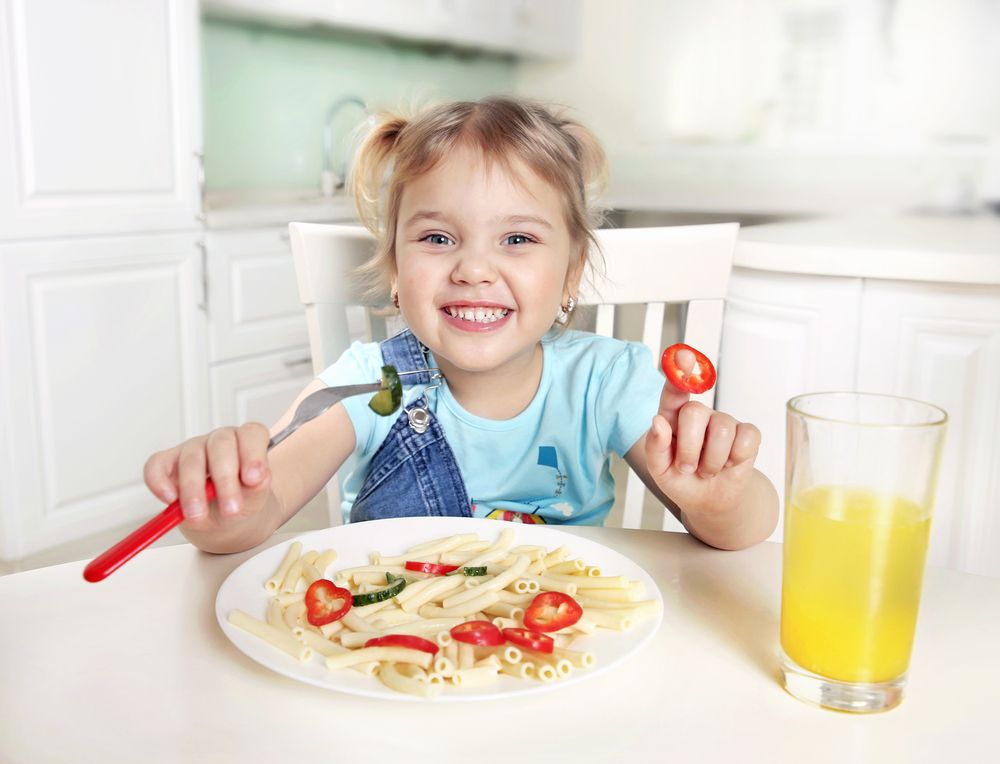
Make sure your child gets regular exercise
In addition to a proper rhythm of bowel movements, regular exercise is also very important. It is very important that your child is not in front of the TV and computer all day, but is instead active – taking a walk, playing with friends, or doing sports. Another part of the equation is getting enough rest, especially sleep.
Frequently Asked Questions
1. What are the most common causes of functional constipation in children?
Functional constipation in children mostly occurs due to an improper diet, i.e. inadequate fiber intake, excessive consummation of dairy products, white flour products and sweets, as well as problems coming with changes (starting kindergarten, school…), resistance towards going to the bathroom, i.e. defecation, and lack of exercise.
2. What are the most common causes of organic constipation in children?
Organic constipation in children occurs due to different diseases, such as cystic fibrosis, celiac disease, or other disorders.
3. How to help a child in case of constipation?
If a child is constipated, it is essential to adapt his or her diet, especially to increase the fiber and liquids intake and reduce the quantity of snacks and sweets. Besides that, it is essential to get the child to exercise. If these changes fail, the best is to reach for osmotic laxatives.
4. What does it mean toilet training?
It is about encouraging the child to go to the toilet at the physiologically most optimal time, i.e. between 15 and 30 minutes after a substantial meal. The goal is to get the child used to defecation and for it to seem natural, ordinary.
5. Can children drink Donat, too?
Donat is completely harmless for children, and it is useful for their digestion. In case of constipation, the best is to drink it before a meal, brough to room temperature. The recommended quantity of Donat for children is 1 dl.
Choose chapter:
